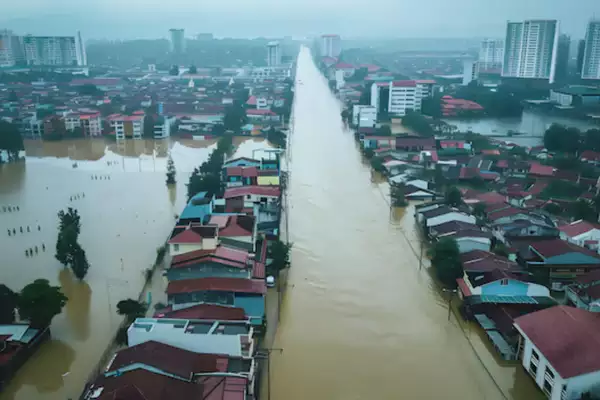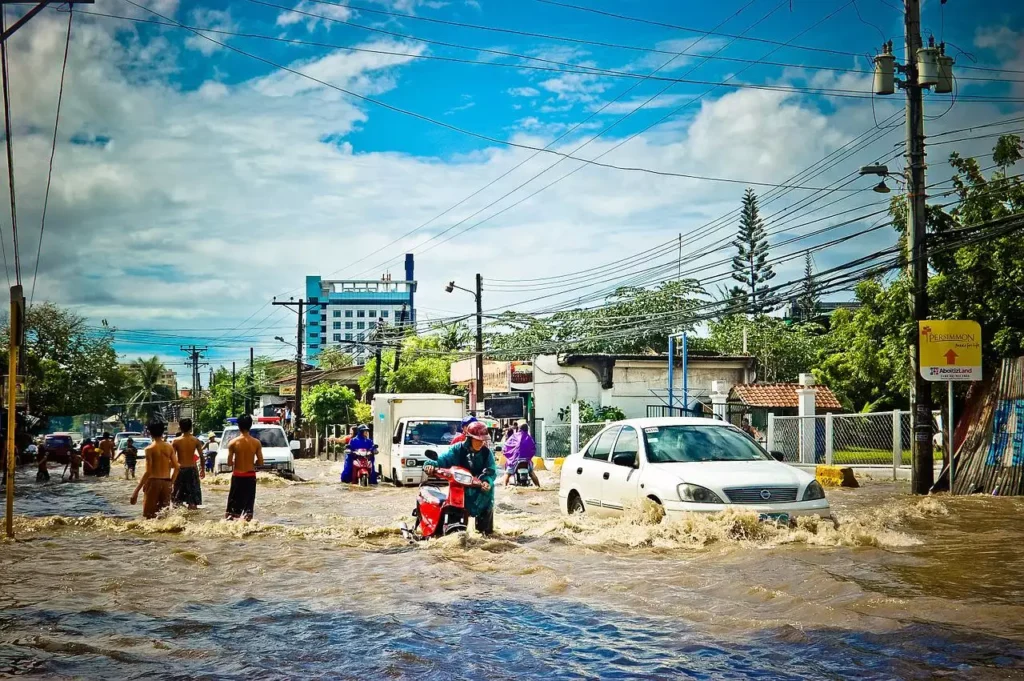Coalition for Disaster Resilient Infrastructure (CDRI) recently announced a $2.5 million fund under Urban Infrastructure Resilience Programme (UIRP) to support cities in 30 low and middle-income countries, including India.
About Urban Infrastructure Resilience Programme (UIRP):
- UIRP was launched in 2023, at COP28 to improve urban resilience in Low- and Middle-Income Countries (LMICs) and Small Island Developing States (SIDS).
- With the world’s urban population expected to reach 70% by 2050 and 85% by 2100, the need for well-designed, resilient infrastructure is more pressing than ever.
- It seeks to address the rising climate-related challenges faced by cities globally.
- It focuses on urban infrastructure resilience against climate hazards like extreme heat, urban flooding, and water scarcity.
- It aims to avoid asset loss, reduce repair costs, minimize disruption of critical services, and support economic growth.
- The initiative also targets carbon emission reduction, which in turn contributes to biodiversity improvement and cleaner air and water.
- CDRI’s UIRP is designed to promote urban resilience through four key pillars:
- Improved Awareness and Capacities: Engaging stakeholders and enhancing understanding of climate risks and infrastructure resilience.
- Informed Infrastructure Planning: Utilizing data-driven approaches to integrate resilience into city planning.
- Augmenting Financial Resources: Increasing access to infrastructure financing through multilateral development banks and investment bodies.
- Integrating Resilience into Operations and Maintenance: Ensuring that urban infrastructure is designed and maintained to withstand climate extremes.
- This is supported by CDRI’s Infrastructure Resilience Accelerator Fund (IRAF), and its initial phase will concentrate on addressing hydro-meteorological challenges.
- The programme will help build climate-resilient cities by improving local government access to data, tools, and financing mechanisms, as well as partnerships among members.
Details on UIRP Request for proposal (RFP) document:
- It mentions that these 30 countries are facing high levels of urbanization, increasing vulnerability to disasters, and an average annual loss of $397 billion due to climatic hazards.
- Eligible cities can apply for funding through international organizations, NGOs, or United Nations agencies.
- Single-city proposals can range from $150,000 to $500,000, while multi-city proposals (within the same country) can range from $250,000 to $750,000.
- In May 2024, CDRI launched an $8 million fund targeting small island developing states, further extending its mission to promote climate and disaster-resilient infrastructure globally.
This fund marks the fifth anniversary of CDRI, launched in 2019, to help nations prepare their infrastructure systems to withstand growing risks of climate change and natural disasters.
Ref: Source
| UPSC IAS Preparation Resources | |
| Current Affairs Analysis | Topperspedia |
| GS Shots | Simply Explained |
| Daily Flash Cards | Daily Quiz |
Frequently Asked Question:
What is the Urban Infrastructure Resilience Programme (UIRP)?
The UIRP is an initiative launched at COP28 in 2023 to enhance urban resilience in Low- and Middle-Income Countries (LMICs) and Small Island Developing States (SIDS) by improving infrastructure to withstand climate-related challenges.
Why was UIRP launched?
With urban populations projected to reach 70% by 2050 and 85% by 2100, there is a pressing need for resilient urban infrastructure to address the rising climate-related challenges faced by cities worldwide.
What are the key objectives of UIRP?
UIRP aims to improve urban infrastructure resilience against climate hazards such as extreme heat, urban flooding, and water scarcity, etc.



